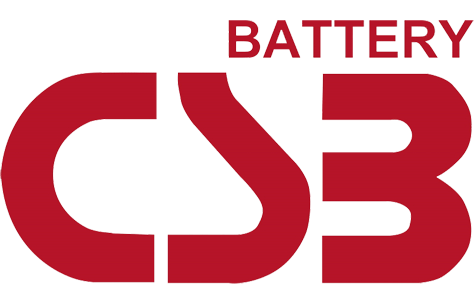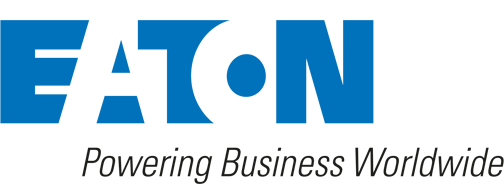When Bigger Isn’t Better - Downsizing In The IT And Telecoms Market
The shifting landscape of post-pandemic life has seen the IT and telecommunications industry embrace a wealth of change.
New networks, new services, applications (such as 5G), cyber security and risk management protocols have driven the migration from legacy networks to more modern infrastructure. When you look at the statistics supporting this drive, it is not difficult to see why. Tech analyst company, the International Data Corporation (IDC) predicts there will be 41.6 billion connected IoT devices by 2025. The volume of data this will generate is a staggering 79.4 zettabytes. For those not in the know 1 zettabyte is equal to a trillion gigabytes ….. that’s an awful lot of data.
Not surprisingly, more and more IT and telecoms companies are downsizing their on-site data storage hardware in favour of cloud based operations, multi-access edge computing and distributed data centres, capable of handling the increasing volume of data, whilst still allowing for inevitable future growth.
The process of consolidating servers, networking systems, storage systems and sometimes even locations does have tremendous benefits. Aside from expanding IT capacity, it improves data security and boosts efficiency and performance whilst reducing operational expenses, due to lower energy consumption and decreased CapEx costs.
On face-value, it appears this shift towards data storage off-site could be bad business for a UPS supplier - less companies having the requirements for a larger UPS system. The practicality of the situation however is quite different. Rather than negating the demand for a backup power protection strategy it presents an opening for companies to practically reassess what they actually need, and reduce or downsize their existing UPS requirements as appropriate. At the very least it should prompt an often overlooked healthcheck to ensure any current unit is still capable of working at peak performance levels.

Secure Power has seen the evidence of this need firsthand. We frequently visit client premises to advise on existing or future UPS requirements, regularly encountering businesses that have a huge legacy UPS unit in place. Often these sizeable systems are just not suitable for the company’s current requirements and have been running on a load as little as 5% for months or even years. As is often the case, these may not even have been serviced or maintained during this time. Neglected, the units may have either already failed, or ultimately will fail, at a crucial point in time.
As with all organisational changes, the introduction of new operational or working practices presents an ideal opportunity to re-evaluate the equipment, hardware and software required for the job. This should always include an assessment of the company’s future UPS requirements to ensure a cost-effective and resilient backup power protection strategy, capable of supporting critical loads is in place.
Historically, there has been a tendency for IT stakeholders to over-specify required UPS capacities in an attempt to deliver additional resilience and a comfortable margin of error.
Whilst this may have allowed those with the decision making responsibilities additional peace of mind at the time, it has always been a point for discussion. Whether initially over specified or not, the migration of data to a cloud based system will, without doubt, result in the legacy unit being grossly underutilised.
So let’s switch the focus to look at the benefits that downsizing these legacy UPS will bring. Replacing existing systems with a more suitably sized unit and combined support package that caters for the new IT infrastructure will:
- Enhance energy efficiency
- Reduce the UPS systems physical footprint
- Improve system performance
- Provide greater reliability
- Lower the costs for replacement batteries and servicing
- Reduce long-term operating expenses providing better ROI
- Increase overall battery and unit health – newer models utilise AI capabilities to encompass data analytics that predict when batteries may fail alongside providing recommendations for improving overall system health and lifespan
When you recognise the benefits downsizing brings, it makes little operational sense to continue with the status quo and shelve the issue for re-visiting at a later date. The sooner it is tackled, the sooner the benefits will be realised.
The migration from legacy networks to more modern infrastructure will no doubt be a hot topic at Channel Live this year (29/30th March 2023, NEC Birmingham). As the UK’s largest ICT channel event, connecting IT Resellers, MSP’s, Service Providers and Channel Partners with vendors and distributors from across the sector, the event is a great space to collaborate and share information.
A regular attendee, Secure Power will be on hand to discuss any queries you may have in relation to downsizing your UPS unit to meet current needs. If you would like to arrange an informal chat with a member of the team please get in touch on 0800-080-3118. We look forward to seeing you there!
Secure Power has been providing critical power solutions to the telecoms and IT sectors for over a decade and has earned an industry wide reputation for delivering first class backup power services. With preventative maintenance at the core of its business, Secure Power has its own team of engineers, available nationwide, 24/7.
The company offers a wide range of UPS solutions including hire, installation, commissioning, immediate response and ongoing maintenance and service works alongside UPS battery testing, removal and relocation. For more information about Secure Power’s extensive range of UPS systems and power protection services please get in touch with a member of our team on 0800-080-3118.














